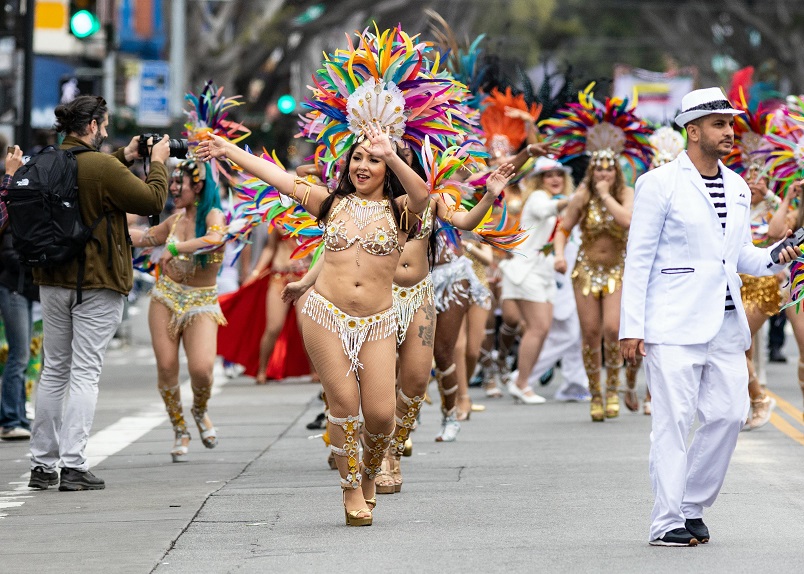Overview
The Rio Carnival, known as Carnaval do Rio de Janeiro, is the world’s largest and most iconic festival, drawing over two million people daily to the streets of Rio de Janeiro, Brazil. This vibrant celebration is a dazzling fusion of music, dance, costumes, and community spirit, rooted in a rich tapestry of cultural influences. Its origins trace back to the 16th and 17th centuries when Portuguese colonizers introduced the Entrudo, a pre-Lenten festival of playful street games and mockery. Over time, African rhythms, particularly samba, and Indigenous traditions blended with European masquerade balls, transforming the event into the spectacular carnival known today.
Culturally, Rio Carnival is a symbol of Brazil’s diversity, creativity, and national pride. It showcases Afro-Brazilian heritage through samba, fosters community unity, and serves as a platform for social and political commentary. The festival’s global appeal lies in its infectious energy, elaborate performances, and inclusive spirit, making it a bucket-list experience for travelers worldwide.
Type of Festival
Rio Carnival is a multi-genre event encompassing cultural, musical, and traditional elements. At its core is samba, a musical and dance style originating from Afro-Brazilian communities, which defines the festival’s parades and street parties. The event also incorporates Catholic traditions, as it precedes Lent, and features theatrical performances, elaborate costumes, and competitive displays by samba schools. Its blend of music, dance, and cultural expression makes it a vibrant celebration of Brazil’s multicultural heritage.
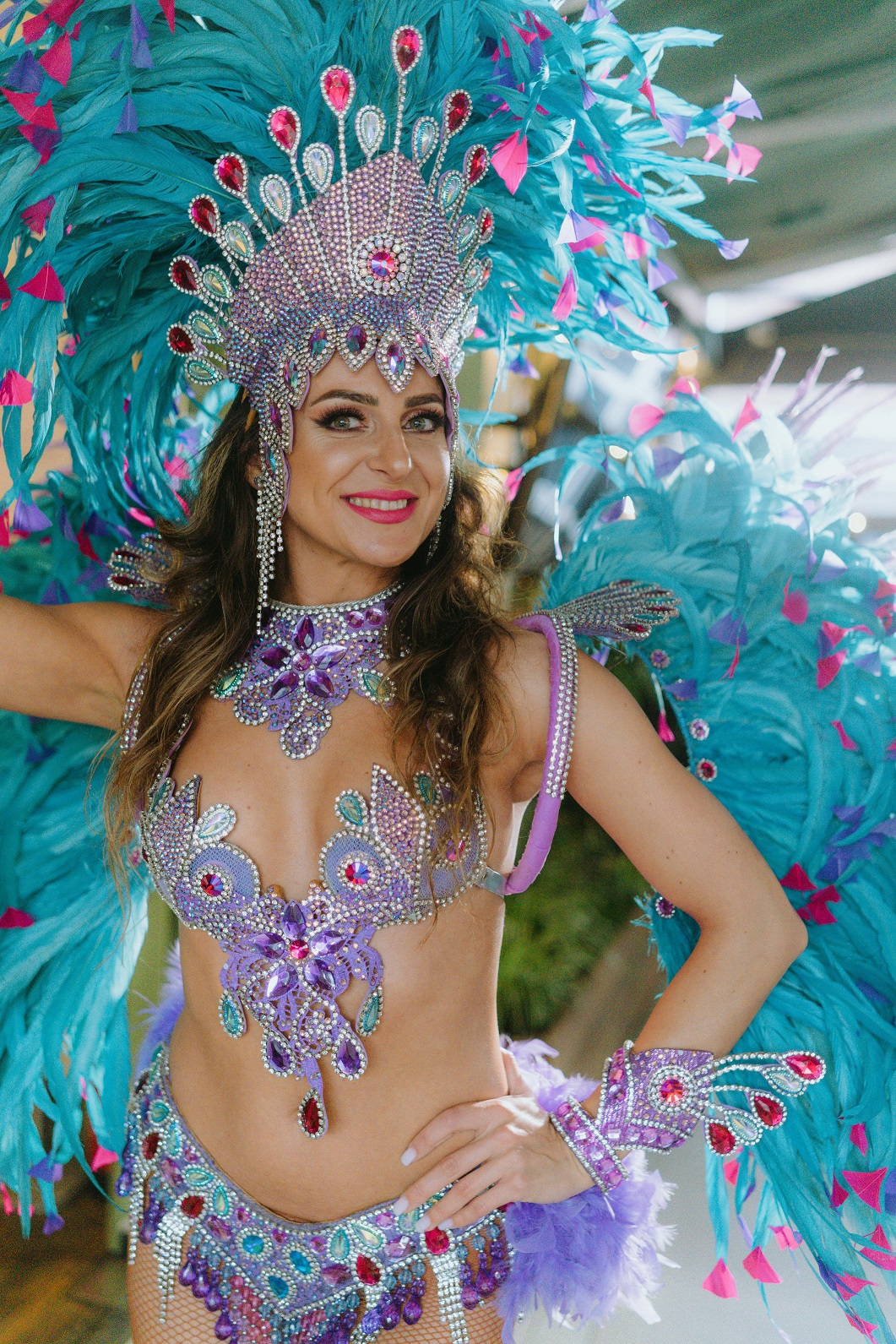
Festival Dates & Location
Rio Carnival is held annually before Lent, typically in February or March, depending on the lunar calendar. The festival officially spans from the Friday before Ash Wednesday to Ash Wednesday, with the Winners’ Parade occurring the following Saturday. For 2026, the carnival is scheduled from February 13 to February 21, with key samba parades on February 15–17 and the Champions’ Parade on February 21.
The primary location is Rio de Janeiro, Brazil, with the Sambadrome Marquês de Sapucaí serving as the epicenter for the samba school parades. This purpose-built stadium, designed by Oscar Niemeyer in 1984, hosts over 72,500 spectators. Street parties, or blocos, occur across neighborhoods like Copacabana, Ipanema, Leblon, and Centro, transforming the city into an open-air festival.
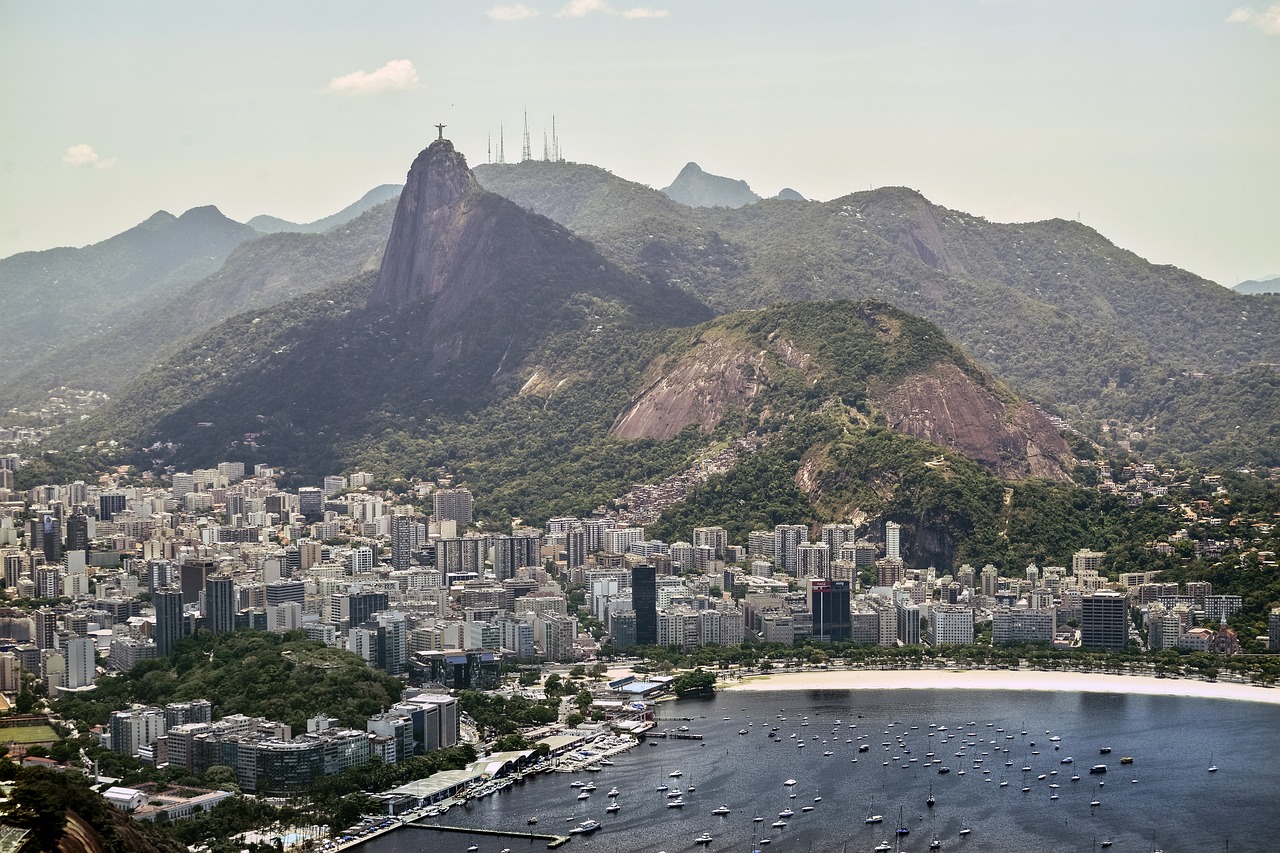
Highlights
Rio Carnival’s highlights are its samba parades, street blocos, and glamorous balls, each offering a unique experience:
Samba Parades at the Sambadrome: The festival’s centerpiece, where 12 elite samba schools (Special Group) compete over two nights (February 15–16, 2026). Each school, with 3,000–5,000 members, presents a 60–80-minute performance featuring choreographed dances, extravagant costumes, and themed floats (carros alegóricos). A panel of 40 judges evaluates elements like music, costumes, and storytelling. The Access Group parades on February 13–14, and the Children’s Parade on February 20 showcases young performers.
Street Blocos: Over 500 free street parties animate Rio’s neighborhoods. Blocos like Simpatia é Quase Amor and Cordão do Bola Preta attract millions with samba music, costumes, and inclusive vibes. These spontaneous gatherings allow locals and tourists to dance and mingle, often starting weeks before the official carnival.
Carnival Balls: Exclusive events like the Magic Ball at Copacabana Palace (Baile do Copa) draw celebrities and high society. These themed galas feature live music, opulent costumes, and a festive atmosphere. More accessible balls, like the Scala Ball Series, cater to diverse crowds.
Cultural Performances: Samba schools perform year-round at their facilities, and pre-carnival rehearsals offer a glimpse into their preparations. The festival also features brass bands, or blocos de rua, playing jazz, funk, and international styles, reflecting carnival’s evolving music scene.
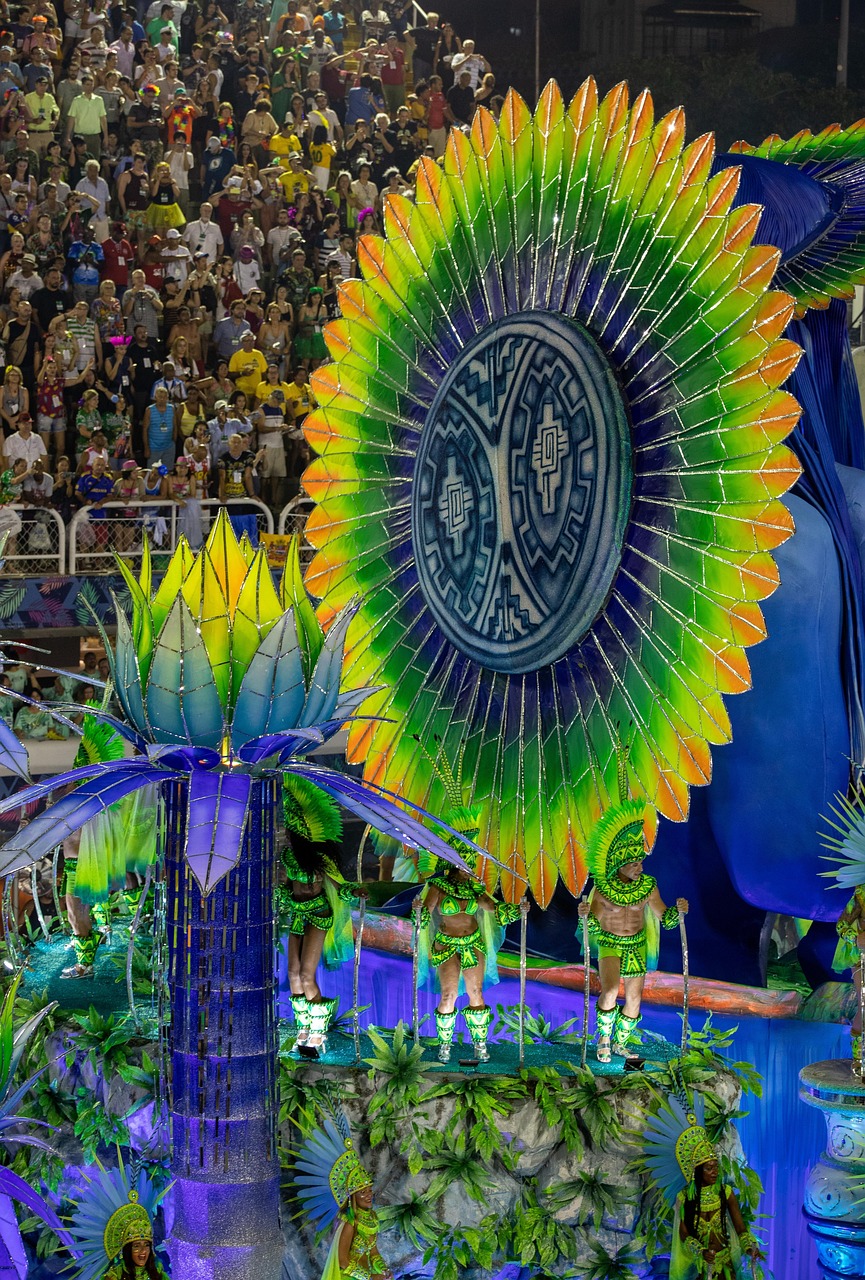
Best Time to Visit
The optimal time to experience Rio Carnival is during the main parade days (February 15–17, 2026), when the Special Group samba schools perform at the Sambadrome. These nights offer the most spectacular displays, though tickets are pricier and crowds are denser. For a less hectic experience, consider attending the Access Group parades (February 13–14) or the Champions’ Parade (February 21), which features the top six schools in a celebratory encore. Arriving a few days early allows you to join pre-carnival blocos and soak in the city’s festive buildup. Book accommodations and Sambadrome tickets at least six months in advance, as demand is high.
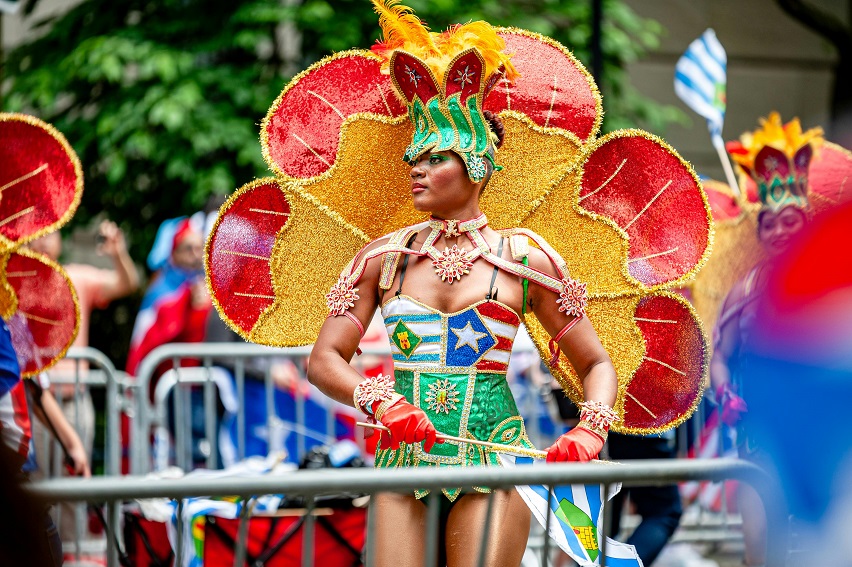
Weather Conditions
Rio Carnival occurs during Brazil’s summer, with February temperatures in Rio de Janeiro ranging from 75°F to 90°F (24°C to 32°C). High humidity (70–80%) and occasional rain showers are common, though most events proceed rain or shine. The heat can be intense, especially in crowded blocos or the Sambadrome, so hydration and sun protection are essential. Lightweight, breathable clothing and comfortable shoes are recommended for long days of dancing and walking. Check forecasts closer to your trip, as sudden downpours may affect outdoor blocos.
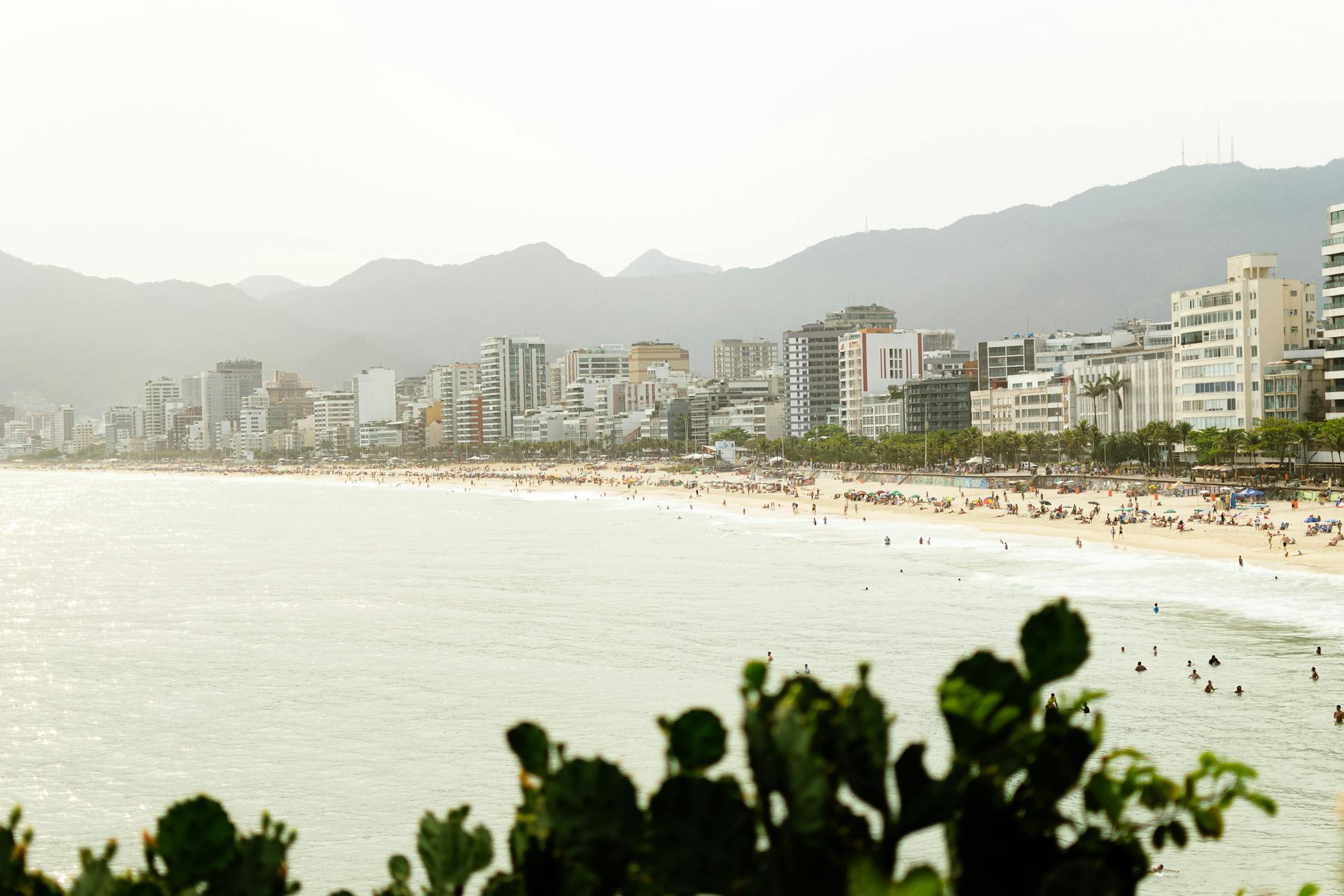
Crowd Levels & Safety Tips
Rio Carnival attracts over 6 million people, including 1.5 million tourists, making it one of the world’s most crowded festivals. The Sambadrome hosts 72,500 spectators nightly, while blocos like Cordão do Bola Preta can draw up to 1 million revelers. Expect packed streets, public transport, and venues, particularly in Copacabana and Ipanema.
Safety Tips:
Plan Ahead: Book accommodations, tickets, and tours 6–12 months in advance. Hotels in Copacabana and Ipanema fill quickly, and prices surge.
Stay Vigilant: Pickpocketing and petty theft are common in crowded areas. Carry minimal cash (Brazilian real), avoid flashy jewelry, and use a money belt. Keep phones and cameras secure.
Travel in Groups: Stick with friends, especially at night or in less-lit areas. Use registered taxis or rideshare apps like Uber for safe transport.
Stay Hydrated: Bring a reusable water bottle to combat heat and dehydration. Avoid excessive alcohol consumption in crowded settings.
Know Your Route: Some streets close for blocos, so check metro and bus schedules. The metro is reliable and extends hours during carnival.
Emergency Contacts: Save local emergency numbers (Police: 190, Medical: 192) and your country’s embassy contact.
Dress Code or Attire
Rio Carnival is synonymous with flamboyant attire. Samba school performers wear elaborate costumes with feathers, sequins, and vibrant colors, often reflecting their parade’s theme. Spectators are encouraged to embrace the festive spirit with bright, colorful outfits. Common choices include sequined tops, feathered headpieces, and glittery accessories. For blocos, casual costumes like superhero or animal themes are popular, while Sambadrome attendees may opt for fancier dresses or themed outfits. Comfort is key—choose breathable fabrics and sturdy shoes for dancing and walking. Some blocos, like Simpatia é Quase Amor, welcome family-friendly attire, so kids can join in with fun costumes. Avoid heavy makeup or accessories that may not withstand heat or crowds.

Local Cuisine & Food Stalls
Rio Carnival offers a vibrant food scene, with street stalls and restaurants serving Brazilian specialties. Popular dishes include:
Feijoada: A hearty black bean and pork stew, often served with rice, collard greens, and orange slices. A carnival staple for its energy-boosting qualities.
Pão de Queijo: Cheesy, gluten-free bread balls, perfect for snacking on the go.
Coxinha: Fried dough filled with shredded chicken, a favorite street food.
Acarajé: Deep-fried black-eyed pea fritters stuffed with shrimp, a Bahian delicacy reflecting Afro-Brazilian roots.
Churrasco: Grilled meats served at street barbecues or restaurants.
Caipirinha: Brazil’s iconic cocktail, made with cachaça, lime, sugar, and ice, widely available at blocos and bars.
Food stalls at blocos and near the Sambadrome offer affordable options, though quality varies. Carry cash (Brazilian real) for small vendors, as not all accept cards. For a sit-down experience, try restaurants in Copacabana, like Ristorante Hotel Cipriani, which blends Brazilian and Italian flavors. Be cautious with street food hygiene to avoid illness.

Accessibility
Rio de Janeiro is a major international destination, well-connected for travelers:
Transportation: Galeão International Airport (GIG) serves global flights, 12 miles from downtown. Taxis, Uber, or airport shuttles reach Copacabana in 20–30 minutes. Rio’s metro is efficient, with extended carnival hours, and buses cover wider areas. Some streets close during blocos, so plan routes in advance.
International Access: Over 500,000 foreign visitors attend annually, with direct flights from North America, Europe, and Asia. U.S., Canadian, and Australian citizens need an e-Visa (apply online). Check visa requirements early.
Disability Accommodations: The Sambadrome offers accessible seating and ramps, but uneven streets in bloco areas can challenge mobility. Some hotels, like Copacabana Palace, provide accessible rooms. Contact organizers for specific needs, as facilities vary. Public transport accessibility is improving but limited in older buses.
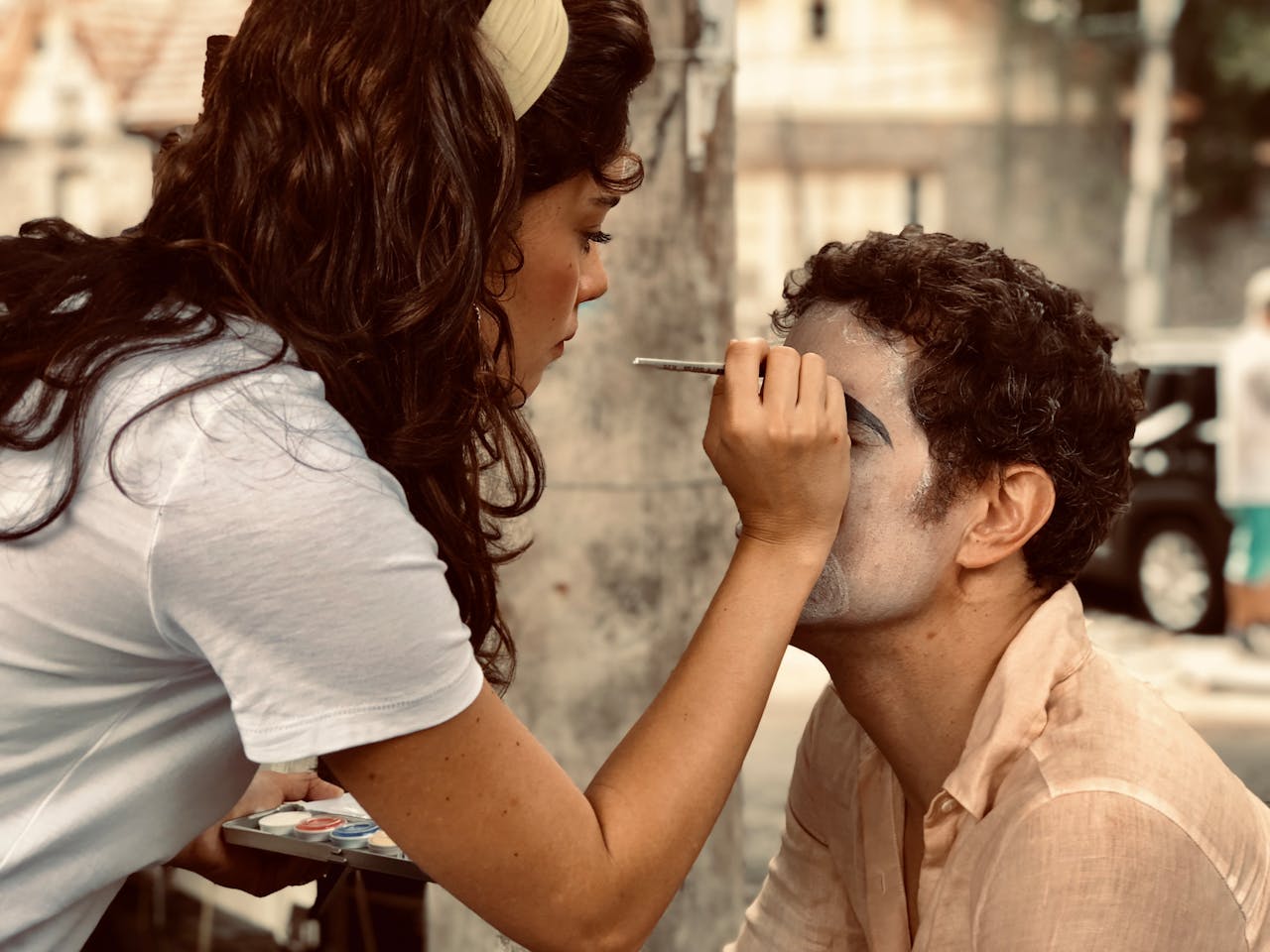
Unique Customs or Rituals
Rio Carnival is steeped in unique traditions:
Samba School Themes: Each school selects a samba enredo (theme song) addressing cultural, historical, or social issues, like Afro-Brazilian heritage or environmental concerns. For 2026, Portela’s theme honors the “Prince of Bará,” a historical figure from Rio Grande.
King Momo Ceremony: The carnival begins with Rio’s mayor presenting the city’s key to King Momo, a mythological figure symbolizing revelry, marking the official start of festivities.
Role Reversal: Historically, carnival allowed social inversions, with men dressing as women or rich as poor, reflecting its roots in Saturnalia. This spirit persists in playful costumes.
Candomblé Influence: Afro-Brazilian religious elements, like masks and rhythmic dances, honor ancestral spirits, adding spiritual depth to samba performances.
Children’s Parade: Young performers showcase samba skills, emphasizing community involvement and cultural preservation.
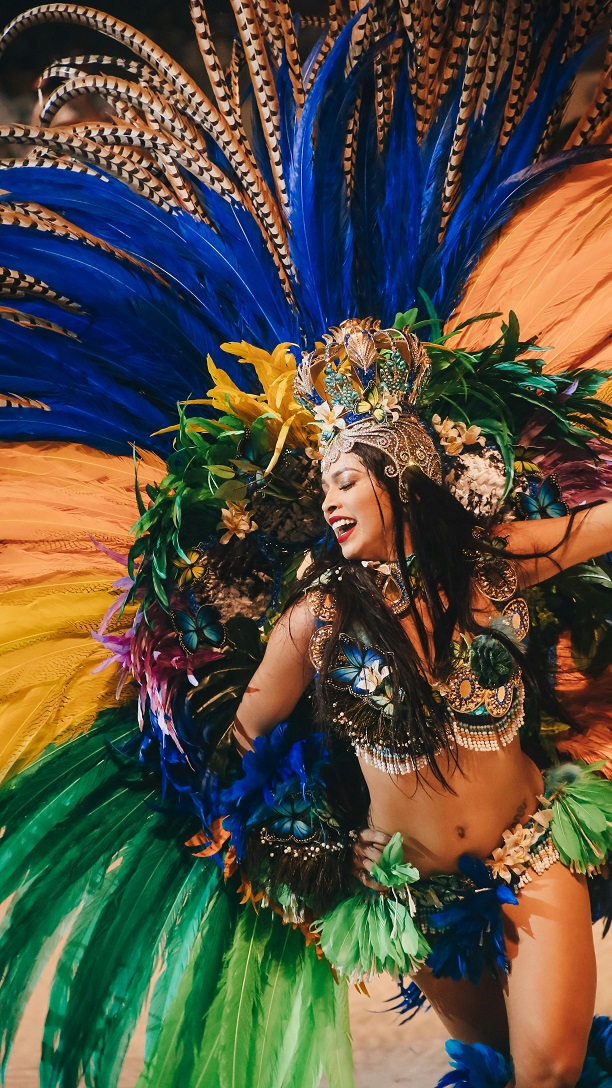
Environmental Impact & Sustainability
Rio Carnival’s scale poses environmental challenges, including waste from costumes, food stalls, and crowds. Single-use plastics and discarded decorations contribute to litter, impacting Rio’s beaches and streets. The festival’s carbon footprint is significant due to tourism and infrastructure demands.
Sustainability Initiatives:
Some samba schools use recycled materials for costumes and floats, though high costs limit adoption.
Local organizations, like “Entre o Céu e a Favela,” promote environmental responsibility in favelas, with carnival proceeds supporting conservation projects.
Rio’s government encourages waste reduction, with recycling bins at major blocos and the Sambadrome, but enforcement is inconsistent.
Travelers can reduce impact by using reusable water bottles, choosing eco-friendly accommodations, and supporting vendors with sustainable practices. Critics note that commercialization and resource demands remain barriers to greener carnivals, calling for stronger policies.
Sources
Britannica: www.britannica.com[](https://www.britannica.com/place/Rio-de-Janeiro-Brazil/Cultural-life) (http://www.britannica.com[](https://www.britannica.com/place/Rio-de-Janeiro-Brazil/Cultural-life))
RioCarnaval.org: www.riocarnaval.org[](https://www.riocarnaval.org/rio-carnival/what-is)[](https://www.riocarnaval.org/rio-carnival/history) (http://www.riocarnaval.org[](https://www.riocarnaval.org/rio-carnival/what-is)[](https://www.riocarnaval.org/rio-carnival/history))
Wikipedia: en.wikipedia.org
EaseMyTrip: www.easemytrip.com[](https://www.easemytrip.com/blog/all-about-rio-carnival) (http://www.easemytrip.com[](https://www.easemytrip.com/blog/all-about-rio-carnival))
CarnivalBookers: www.carnivalbookers.com[](https://www.carnivalbookers.com/rio-de-janeiro/program/all-about-rio-carnival) (http://www.carnivalbookers.com[](https://www.carnivalbookers.com/rio-de-janeiro/program/all-about-rio-carnival))
Belmond Copacabana Palace: www.belmond.com[](https://www.belmond.com/stories/history-of-the-rio-carnival) (http://www.belmond.com[](https://www.belmond.com/stories/history-of-the-rio-carnival))
SA Expeditions: www.saexpeditions.com[](https://www.saexpeditions.com/blog/post/experience-rio-de-janeiros-legendary-carnival) (http://www.saexpeditions.com[](https://www.saexpeditions.com/blog/post/experience-rio-de-janeiros-legendary-carnival))
Rio.com: www.rio.com[](https://www.rio.com/rio-carnival/history-carnival) (http://www.rio.com[](https://www.rio.com/rio-carnival/history-carnival))
YupWeGo: www.yupwego.com[](https://www.yupwego.com/en/blog/travel-ideas/rio-carnival-a-celebration-of-brazilian-culture/) (http://www.yupwego.com[](https://www.yupwego.com/en/blog/travel-ideas/rio-carnival-a-celebration-of-brazilian-culture/))
Eclipse Travel: eclipsetravel.com.au
GeeksforGeeks: www.geeksforgeeks.org[](https://www.geeksforgeeks.org/rio-carnival-brazil-history-significance/) (http://www.geeksforgeeks.org[](https://www.geeksforgeeks.org/rio-carnival-brazil-history-significance/))
Experience Carnival: experiencecarnival.rio
Ipanema.com: ipanema.com
Trafalgar: www.trafalgar.com[](https://www.trafalgar.com/real-word/rio-carnival-history/) (http://www.trafalgar.com[](https://www.trafalgar.com/real-word/rio-carnival-history/))
Condé Nast Johansens: www.johansens.com[](https://www.johansens.com/inspiration/rio-carnival-history/) (http://www.johansens.com[](https://www.johansens.com/inspiration/rio-carnival-history/))
CUPO: cupo.cc
Sambadrome.com: www.sambadrome.com[](http://www.sambadrome.com/rio-carnival/) (http://www.sambadrome.com[](http://www.sambadrome.com/rio-carnival/))
British Council LearnEnglish: learnenglish.britishcouncil.org
Wild Junket: www.wildjunket.com[](https://www.wildjunket.com/carnival-in-rio-de-janeiro/) (http://www.wildjunket.com[](https://www.wildjunket.com/carnival-in-rio-de-janeiro/))
Royal Caribbean: www.royalcaribbean.com[](https://www.royalcaribbean.com/guides/cultural-tourism-rio-de-janeiro-history) (http://www.royalcaribbean.com[](https://www.royalcaribbean.com/guides/cultural-tourism-rio-de-janeiro-history))
X Post by
@sitesortimento
:
This guide offers a vibrant glimpse into Rio Carnival’s magic, blending practical travel tips with cultural insights. Whether dancing in a bloco or marveling at the Sambadrome, this festival promises an unforgettable celebration of Brazil’s soul. Plan early, embrace the rhythm, and join the world’s greatest party!
